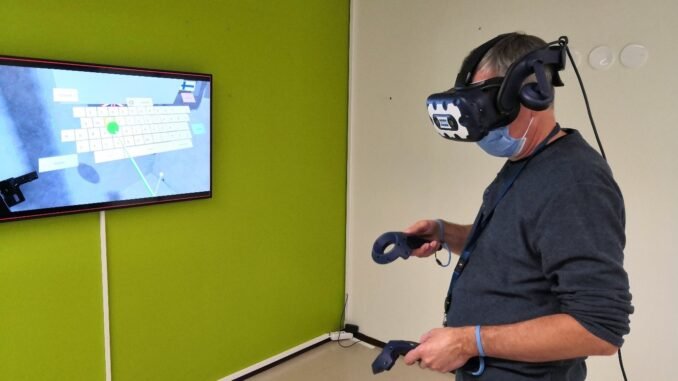
When the COVID-19 pandemic hit, many research groups were struggling with how to continue research activities in a world that had been shut down. Our five, remotely conducted industrial use cases, revealed that working in remote and hybrid setups is indeed possible, and can be more affordable and sustainable. And we are happy to share the story!
Going remote
The world shut down almost overnight. People were facing a dramatic shift in ways of working, learning to work from their homes and adopting remote practices. Even though there are undisputed benefits in remote user testing, our case was made difficult with the target users being experts and company employees and not researchers knowledgeable of remote testing practices. However, our research group persisted and decided to find ways to continue research.
The key to success is to focus on the goals, not the obstacles
We found out that with careful planning it is possible to organize these types of user tests remotely. Even though the pandemic has made many areas of life challenging, there are also good practices that we have learned that can be used to enhance post-pandemic global collaboration. By working in remote and hybrid setups, we can involve a global user base in the testing, save on travel money, and encourage sustainability. As our group likes to put it, “Where there’s a will, there’s a way”.
We hope our learnings help others with VR user testing
In our paper (link at the end), we share our learnings in five categories:
- general user test arrangements
- insights that are important because of new and fascinating technologies
- insights that are important due to a pandemic
- insights that are important because of the remote setup
- insights that are important because of the industrial context
- insights regarding remote interviews.
We hope these learnings help other practitioners to carry out their work involving VR user tests.
What did we do?
During the 2020-2021 pandemic, we organized remote VR user sessions for five different industrial use cases. Subject matter experts were involved from eight countries: Finland, India, China, Germany, Indonesia, Malaysia, the United States, and the United Arab Emirates. In many cases, we used a hybrid setup where some of the participants were wearing an HMD and others participated via Teams. This made it possible for a diverse group of people to participate in testing, even if an HMD was not available to them. This very valid use scenario for collaborative VR also in the post-pandemic world.

Teams set-up during hybrid user test showing both participants and the VR view of one of them.
There is always a way
During summer 2020, KONE was in absolute remote working mode. Yet, we wanted to involve in VR tests maintenance method development experts, who were more familiar with screw drivers and hammers than digital tools. What did we do? We sent VR sets to participants’ homes and instructed them remotely via Teams on its use. The participants had no previous experience of setting up a VR environment. Yet, they successfully calibrated the play area, updated the VR software and completed the tests. We are pretty proud of our colleagues!
Read more from our research paper:
Siltanen, S.; Heinonen, H.; Burova, A.; Palma, P.B.; Truong, P.; Opas, V.; Turunen, M. There is Always a Way: Organizing VR User Tests with Remote and Hybrid Setups during a Pandemic—Learnings from Five Case Studies. Multimodal Technol. Interact. 2021, 5, 62. https://doi.org/10.3390/mti5100062
Contact & more information:
KONE Technology and Innovation:
Dr. Sanni Siltanen, Senior Expert in Research
sanni.siltanen@kone.com
Tampere University:
Dr. Markku Turunen, Professor of Interactive Technology
markku.turunen@tuni.fi
Leave a Reply